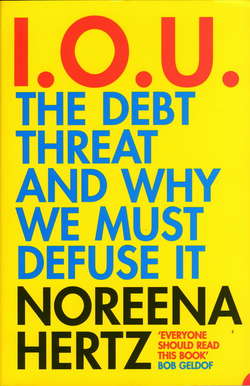Читать книгу IOU: The Debt Threat and Why We Must Defuse It - Noreena Hertz - Страница 21
The morning after
ОглавлениеIn 1979, the Shah of Iran was deposed, an event shortly followed by the Iran-Iraq war. A second oil price hike occurred, with the price of oil more than doubling within two years. This put pressure on the economies of oil importing countries and created further demand for credit which, in turn, created a new boost of lending. On the other side of the ledger, the added costs stretched the ability of borrowing countries to service the debt they had already contracted. In developed countries, the hikes caused prices of many consumer goods to rise, which triggered inflation.
To curb inflation, industrial countries, led by the US, raised interest rates. There was an enormous global recession. The markets for developing countries’ products shrank, which meant that these countries’ capacity to pay back debts drastically diminished. Developing countries that had taken out loans with commercial banks had done so under variable interest rates. These now jumped up markedly – interest rates rose from an average of 0.5 per cent on commercial bank loans to an average of 13.1 per cent. Developing countries’ debt payments skyrocketed. Argentina, to provide just one example, saw its interest payments rise from $1.3 billion in 1980 to $3.3 billion in 1984 and $4.4 billion in 1985. Projects that had originally made good economic sense now saw their costs go through the roof – the Brazilian-Paraguayan Itaipu Dam Project
